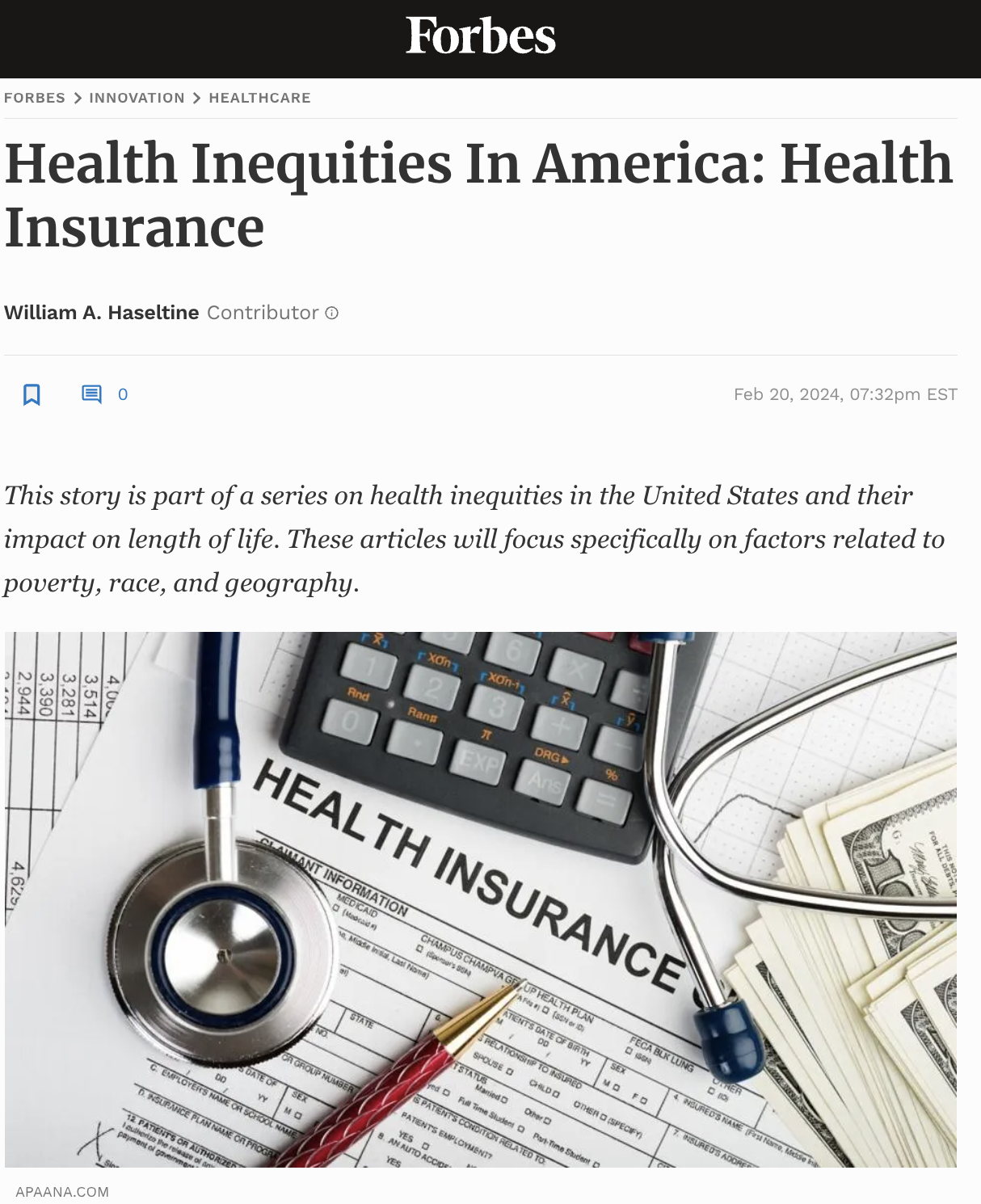In both the United States and globally, poverty is a primary determinant of length of life. Poverty, itself, is made up of many factors that all interact with each other. Here we look at the impact of health insurance, a key indicator of poverty, on long life.
The Cost of Illness
The United States spends more on healthcare than any other high income country in the world. Medical care services, including medications and surgery, carry very high price tags, making the United States also one of the most expensive places to be ill. As a result, health insurance is the only way many Americans can afford to access to health care services.
Health insurance, whether through employment or through federal programs like Medicare and Medicaid, is designed to help lower the costs of medical care. Even those with health insurance, however, find it hard to pay for their care. Recent studies have found that the number of Americans who are in debt due to unpaid healthcare bills is quickly rising.
This debt can be even greater for the estimated 30 million Americans who are either uninsured or underinsured. These Americans are often forced to pay more for healthcare and pay directly out-of-pocket. For this reason, those who are without insurance coverage may not be able to afford important services including routine check-ups, disease screenings, and emergency care visits. This inequity in insurance coverage also makes the uninsured more likely to develop and be hospitalized for conditions including diabetes, cardiovascular disease, and cancer.
Preventative Care
Most health insurance plans offer free preventative care, including vaccinations, routine check-ups, and disease screenings. Studies have shown that preventative healthcare services can reduce the risk of both death and disability of many diseases and some cancers. Without access to preventative care, many uninsured Americans are at a higher risk of dying from these preventable and treatable illnesses.
Mammograms, for example, are an effective screening tool for breast cancer and are recommended every two years for women over the age of 50. Among those with private insurance and Medicaid the rates of recommended screening are high at 79% and 73%, respectively. Only an estimated 45% of women without health insurance, however, report receiving recommended mammogram screening. Some studies have found that timely mammograms decrease the risk of death from breast cancer by up to 15%. As mammograms often catch breast cancer tumors during stage one, those who are forced to skip mammograms due to cost may only be diagnosed in later, deadlier stages.
Chronic Disease Management
Insurance status can also affect whether someone has regular checkups for their chronic disease management. Diabetes, for example, requires close monitoring and medication to prevent death and serious complications. Health insurance plans that offer access to resources like checkups, counseling programs, and tools like glucose monitoring devices allow those with diabetes to better manage their weight, blood sugar, and blood pressure. Access to these resources helps those with diabetes live up to three years longer than those without health insurance.
Although the United States spends the most on healthcare, access to services is widely inequitable. Those with health insurance are more likely to be diagnosed and treated earlier which makes them more likely than those without insurance to have good outcomes for many common diseases and conditions. This puts the uninsured population at a significant disadvantage when it comes to living longer, healthier lives.


